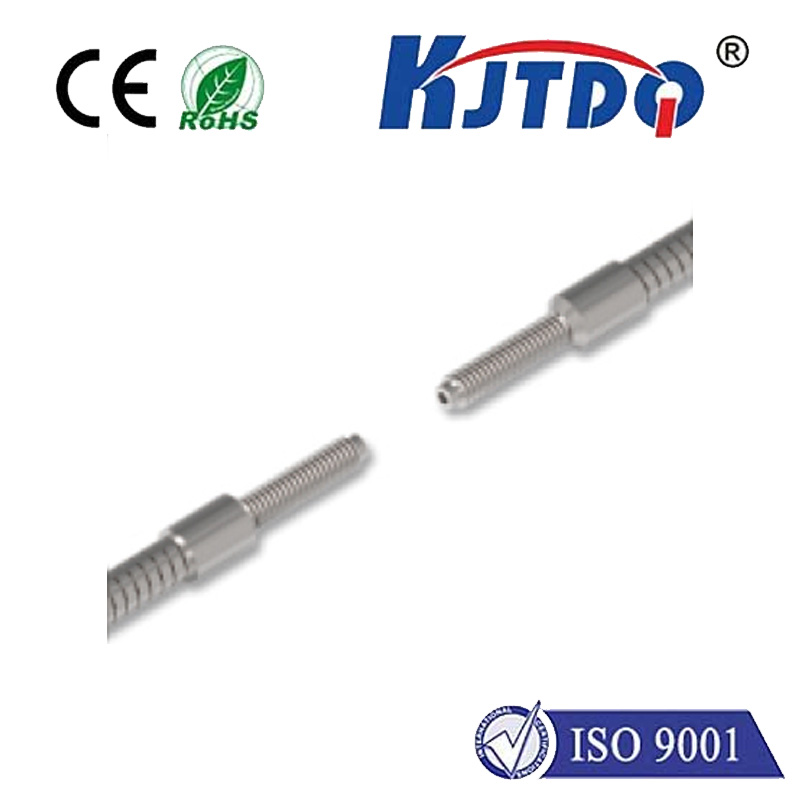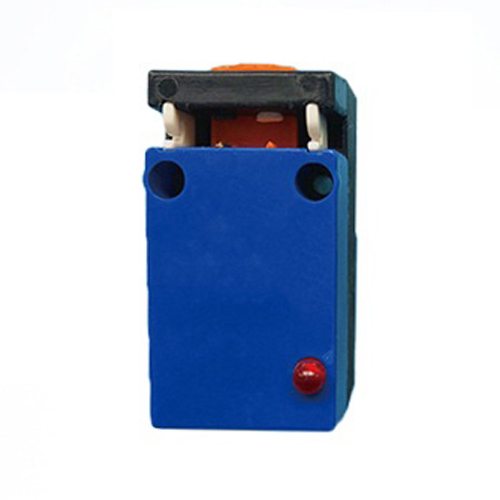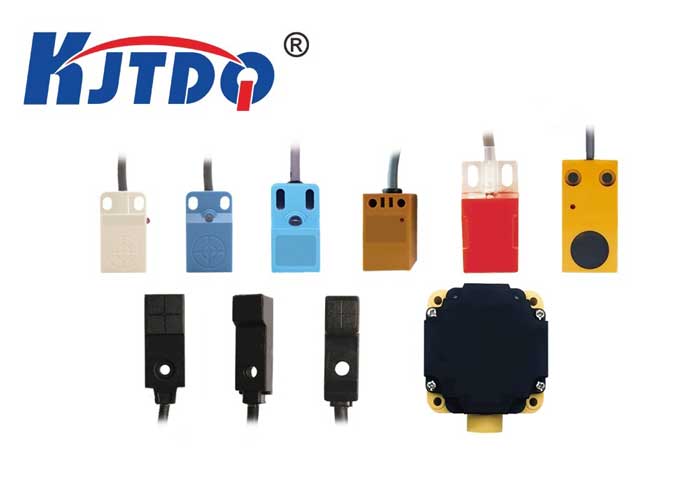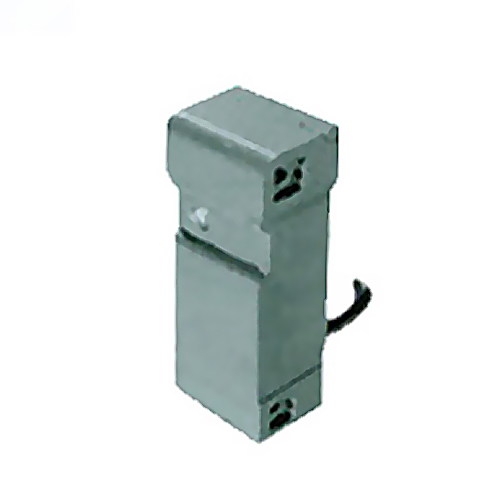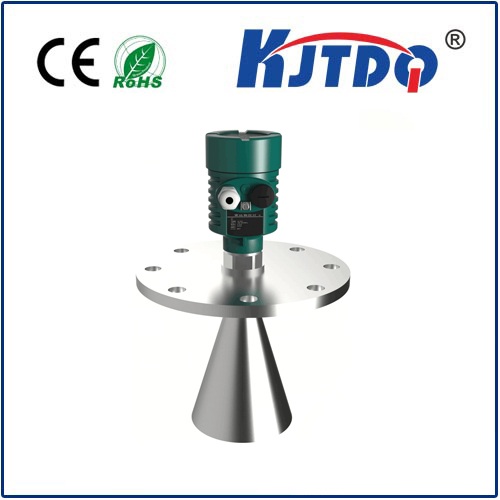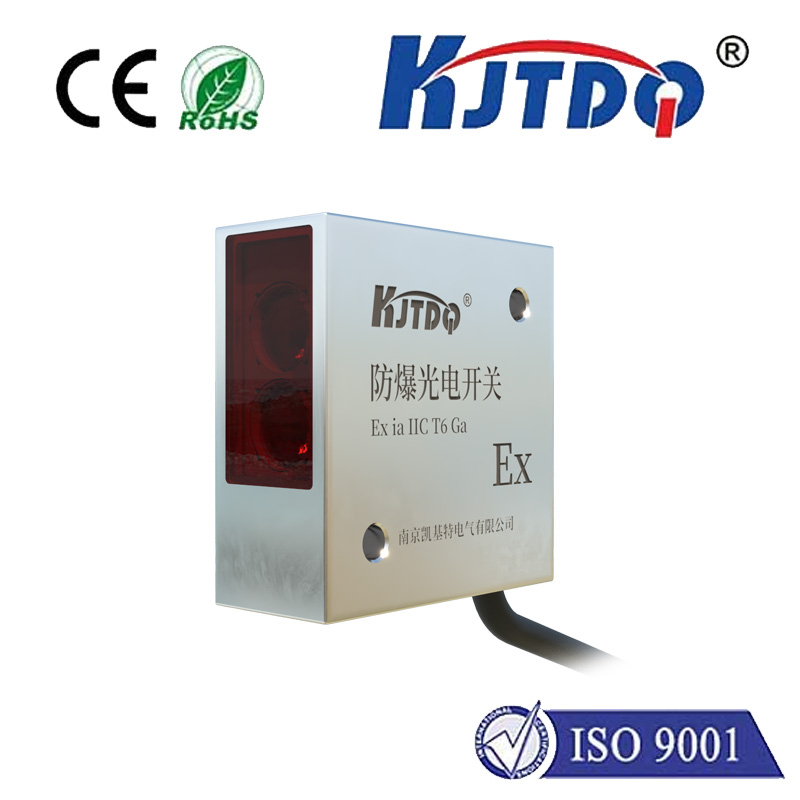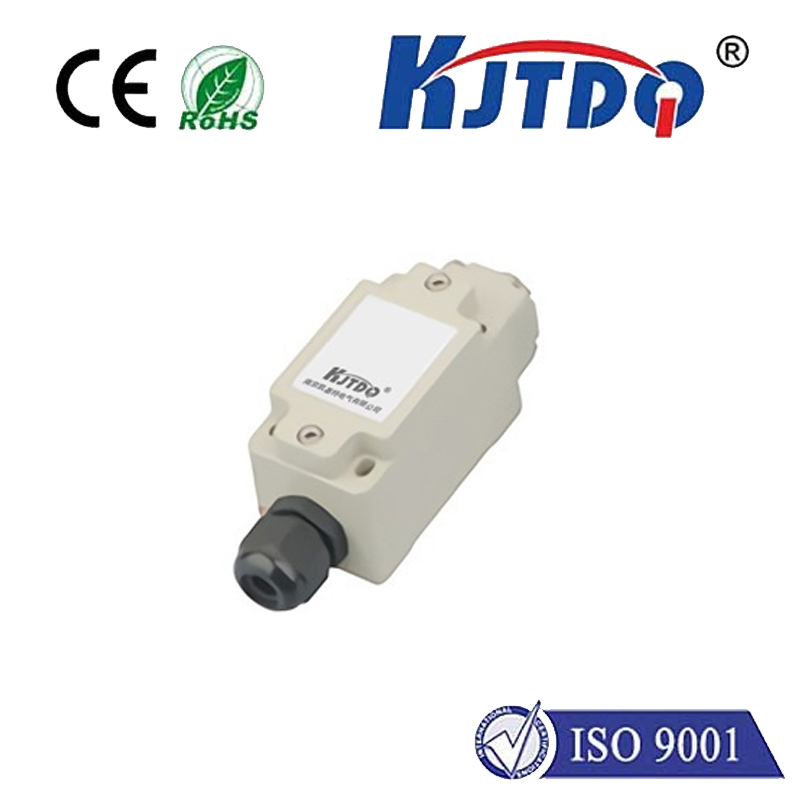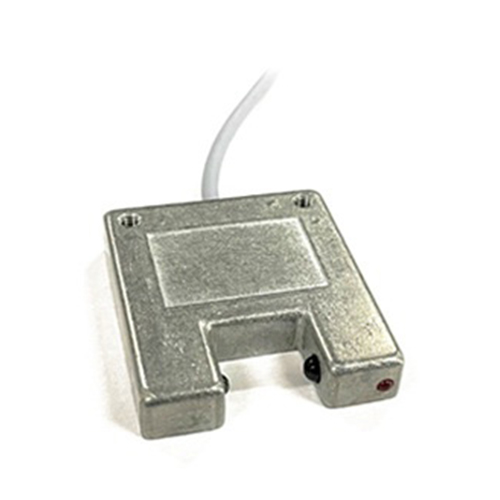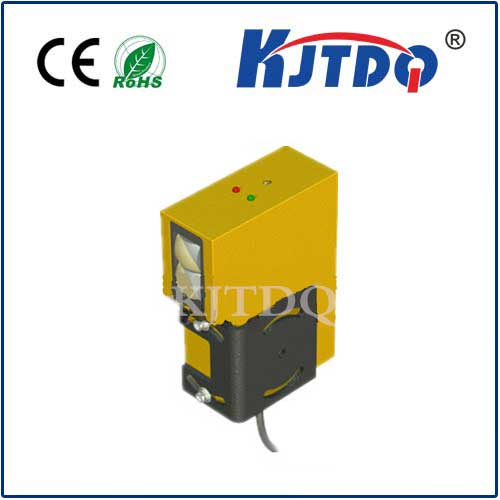How Spring Charge Limit Switches Protect Power Systems and Personnel
Imagine a critical power system suddenly failing during an operation, not due to an external fault, but because an essential safety mechanism wasn’t properly engaged. This is the potential danger spring charge limit switches are meticulously designed to prevent. These unsung heroes of electrical protection play a vital role in ensuring the reliable and, more importantly, safe operation of spring-charged circuit breakers and other switchgear. Understanding their function is crucial for anyone involved in electrical system design, maintenance, or safety protocols.
Spring-operated mechanisms are prevalent in high-voltage circuit breakers. They utilize potent springs, meticulously compressed (or “charged”) to store significant mechanical energy. This stored spring energy is the muscle that drives the breaker’s contacts apart with incredible speed when a trip signal is received, interrupting fault currents within milliseconds – a critical function for protecting equipment and the grid. Conversely, the same mechanism (or a separate one) is used to close the contacts against system pressure.

The spring charging process itself requires power, typically electric motors or manual pumps. This is where the Пружинный ограничитель наполнения steps in as an indispensable supervisor. Its core function is to monitor the state of the spring mechanism:
Essentially, the spring charge limit switch is an interlock and supervisory device. It acts as a gatekeeper for the closing circuit and a protector for the charging mechanism, ensuring operations only proceed when conditions are safe. Its role directly impacts:
These switches come in various configurations, typically featuring robust microswitches or precise proximity sensors housed in durable enclosures designed for the harsh electrical environment. Their actuator is mechanically linked to the moving parts of the spring charging mechanism. As the charging cam, lever, or shaft moves to the “fully charged” position, it physically triggers the switch. High reliability and precise actuation points are absolute necessities.
Техническое обслуживание и устранение неполадок are key aspects of ensuring these vital components perform flawlessly. Regular checks should include:
Ignoring spring charge limit switch health can have severe consequences. A malfunctioning switch that falsely indicates “Spring Charged” could allow an unsafe close operation. Conversely, a switch failing to signal “Charged” will prevent the breaker from closing, potentially leaving critical circuits unprotected or unable to be restored after maintenance. Sticking contacts might fail to cut the charging motor, risking equipment damage.
These switches are fundamental components in diverse settings, from massive substations handling grid-level power to industrial facilities and critical infrastructure. They are integral to circuit breaker safety and the overall reliability of electrical protection schemes. Modern switchgear often incorporates the Пружинный ограничитель наполнения status into sophisticated SCADA systems and local HMI interfaces, providing operators with real-time awareness of the breaker’s mechanical readiness.
In conclusion, while perhaps not the most glamorous component, the spring charge limit switch is a cornerstone of safe and dependable power system operation. Its vigilant monitoring of the spring charging mechanism prevents dangerous operations, protects expensive equipment, and provides essential operational feedback. Recognizing its function and ensuring its proper maintenance is not just good practice; it’s a critical investment in electrical system integrity and personnel safety.
